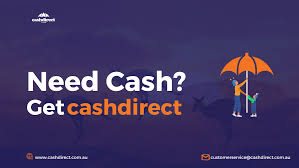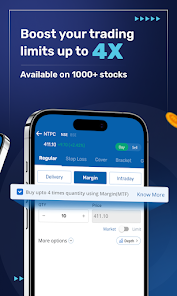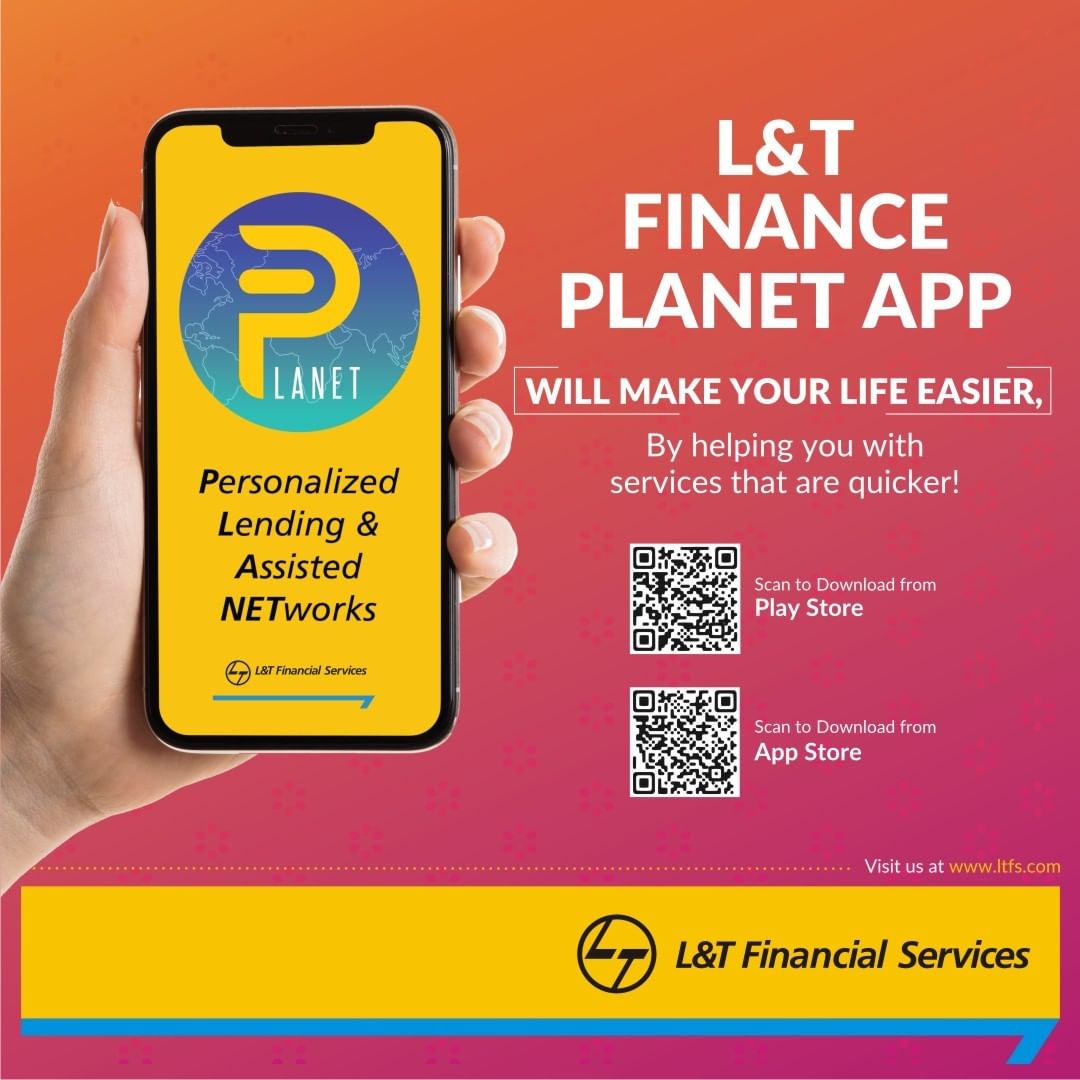Unexpected financial situations can arise at any moment, leaving individuals in urgent need of funds. Whether it’s a medical expense, urgent travel, or an unforeseen bill, having immediate access to cash becomes essential. Emergency cash loan options are designed to provide swift financial relief in such cases. These loans are intended to bridge the gap during times of financial uncertainty, offering a practical solution when traditional avenues fall short.
The growing need for emergency cash loan services has led to an increase in providers offering streamlined application processes and minimal documentation. With the added advantage of quick disbursal, quick cash loans offer a lifeline for those facing time-sensitive financial obligations.

What Are Emergency Cash Loans?
An emergency cash loan is a short-term borrowing solution designed to help individuals cover sudden expenses. These loans are generally processed faster than conventional loans and are accessible with fewer eligibility constraints. Unlike long-term financial products that require thorough credit evaluations and extended approval periods, emergency loans prioritize immediate assistance.
Quick cash loans fall under the same category, targeting individuals who require fast access to funds. These loans are usually unsecured, meaning they don’t require any collateral, and the borrowed amount is expected to be repaid over a shorter duration. The repayment terms and interest rates vary based on the lender and the borrower’s profile, but the primary focus remains on speed and accessibility.
Types of Emergency Loan Options
Personal Short-Term Loans
These are unsecured loans that do not require collateral and offer flexibility in usage. The loan can be used for medical emergencies, urgent home repairs, or any other immediate need. The processing time for these loans is typically short, making them a reliable emergency cash loan option.
Payday Loans
These are designed to provide borrowers with funds until their next paycheck. They come with shorter repayment tenures and are often used to handle temporary financial disruptions. However, they may carry higher interest rates, so careful evaluation is necessary before borrowing.
Credit Line Advances
Some financial institutions offer a revolving line of credit that can be accessed as needed. Borrowers only pay interest on the amount withdrawn, making it an efficient way to access quick cash loans for ongoing financial gaps.
Digital Lending Platforms
Digital platforms offer emergency cash loans with simplified procedures. These platforms use algorithms to evaluate applications and often disburse funds within hours. Minimal documentation and a user-friendly interface make them a preferred choice for many borrowers.
Eligibility and Documentation
One of the advantages of quick cash loans is the minimal eligibility criteria. Most lenders require the following:
- Proof of identity and residence
- Income documents such as salary slips or bank statements
- A valid bank account
- Basic personal information
The streamlined process ensures that borrowers don’t have to spend days waiting for approval, which is crucial during emergencies. However, meeting the basic requirements is essential for a smooth and timely disbursal.
Benefits of Quick Cash Loans in Emergencies
Emergency cash loan solutions offer several practical benefits for individuals in need:
- Speed of Disbursal: The primary advantage is the fast turnaround time. In most cases, the funds are credited within a few hours to a working day.
- Flexible Usage: Borrowers can use the funds as per their specific needs without restrictions.
- Accessibility: Even those with limited credit history may be eligible, depending on the lender’s assessment process.
- No Collateral Required: Most quick cash loans are unsecured, making them more accessible to a wider population.
These benefits make them a preferred option for individuals facing sudden financial requirements, where time is a critical factor.
Responsible Borrowing: Key Considerations
While emergency cash loans offer valuable support, it is important to approach borrowing responsibly. Misuse or over-reliance on short-term loans can lead to financial stress. Here are a few things to consider before taking a loan:
- Evaluate the Need: Ensure that the situation warrants immediate borrowing and cannot be managed with existing savings.
- Understand the Terms: Review the interest rate, repayment schedule, and any hidden fees.
- Repayment Capability: Only borrow what you can repay within the agreed timeline to avoid penalties or credit damage.
- Explore Alternatives: Consider options like borrowing from family or using a credit card if the costs are lower.
Taking these precautions helps maintain financial stability while benefiting from the convenience of emergency cash loan solutions.
How to Apply for an Emergency Cash Loan
Applying for a quick cash loan has become more straightforward with digital advancements. Here’s a general step-by-step guide:
- Choose a Trusted Lender: Research and compare terms, interest rates, and customer reviews.
- Check Eligibility: Verify the lender’s eligibility criteria before proceeding.
- Gather Documents: Keep necessary documentation ready for a hassle-free process.
- Complete the Application: Fill in the online or offline application with accurate details.
- Wait for Approval: Many lenders provide instant or same-day approvals.
- Receive Funds: Once approved, the loan amount is transferred to your bank account.
Most platforms also offer tracking tools to monitor the status of your application and repayments, enhancing the borrowing experience.
Conclusion
Financial emergencies require timely solutions, and emergency cash loan options provide a structured way to manage urgent needs. Whether it’s for a medical requirement, sudden travel, or any unforeseen expense, these loans offer the speed and flexibility that traditional borrowing methods may not. Quick cash loans, in particular, serve as a reliable support system during financially uncertain times.
As with any financial product, the key lies in informed and responsible borrowing. Understanding the repayment obligations, interest rates, and overall loan terms ensures that these solutions serve their intended purpose without adding to long-term financial stress.
With accessible application processes and quick fund disbursal, emergency cash loan services have become an integral part of modern financial planning. For those facing immediate monetary challenges, these loans present a structured and efficient way to regain financial control.








